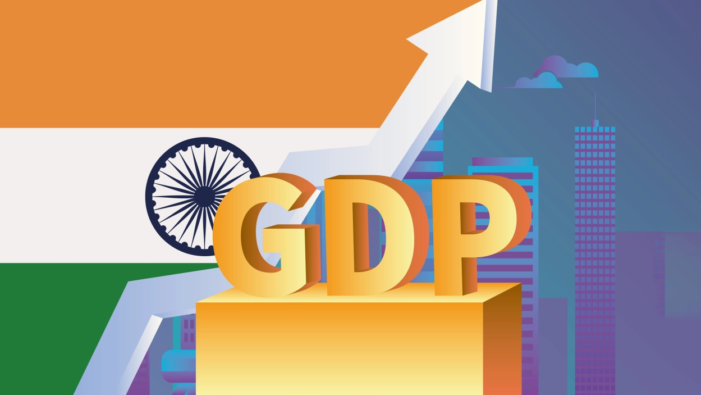On October 10th, it was reported that India should aim for an annual economic growth rate of 8% and prioritize increased investments in traditional sectors like mining, utilities, transport, and storage. This strategy is essential if India hopes to outpace China and become the leading contributor to the global GDP, as stated in a Barclays Plc report released on that day.
 The report emphasized that traditional sectors, such as mining and utilities, have taken a back seat in recent years compared to newer industries like telecommunications and the digital sector, as noted by Rahul Bajoria, a senior economist at Barclays.
The report emphasized that traditional sectors, such as mining and utilities, have taken a back seat in recent years compared to newer industries like telecommunications and the digital sector, as noted by Rahul Bajoria, a senior economist at Barclays.Boosting investments, especially in these traditional sectors, could also have a positive ripple effect on employment and household income, providing policymakers with a solid foundation for crafting effective economic growth policies.
According to data from the International Monetary Fund (IMF) cited in the Barclays report, China’s share of the global gross domestic product (GDP) is estimated to be around 26% in the five-year period leading up to 2028, while India’s contribution is projected to be around 16% based on a GDP growth rate of 6.1% during that period. However, if India can achieve an 8% growth rate, its contribution to the global GDP could nearly match China’s by 2028.
The report also acknowledged that, despite a slowdown in growth in 2023, India has maintained a higher growth rate compared to its global counterparts and has exhibited significant macroeconomic stability. The Indian government has also demonstrated a commitment to managing inflation.
While India has been the fastest-growing major economy (excluding China) over the past decade, its contribution to the global GDP has remained around 10%. Currently, India’s share of the global economy is substantially smaller than both China and the United States.
The Indian government has increased infrastructure spending in recent years, allocating a record Rs 10 lakh crore in the current fiscal year through March 2024. Prime Minister Narendra Modi’s ambitious goal is to elevate India’s economy to $5 trillion by 2024-25, up from an estimated $3.7 trillion at present.


You must be logged in to post a comment Login